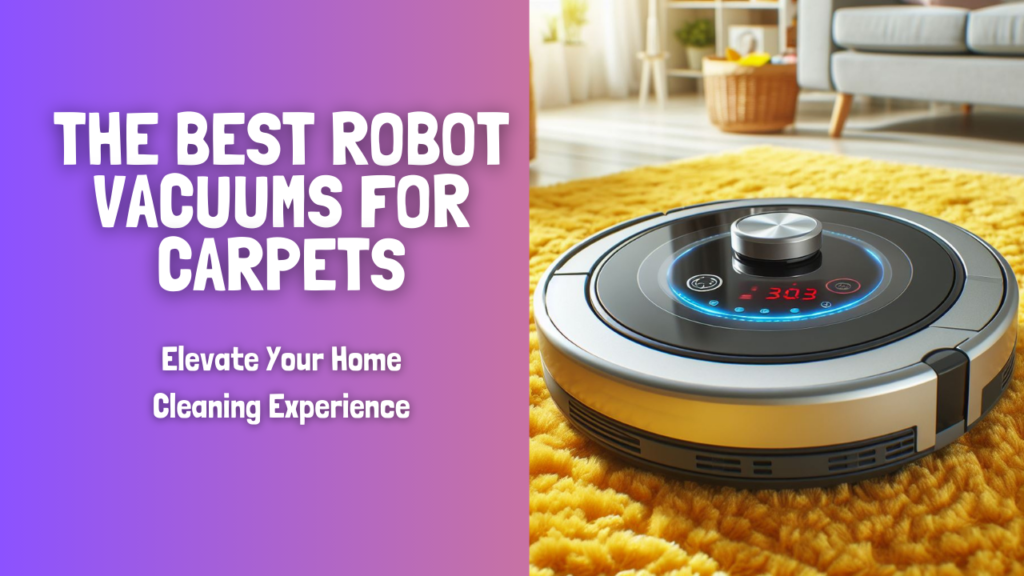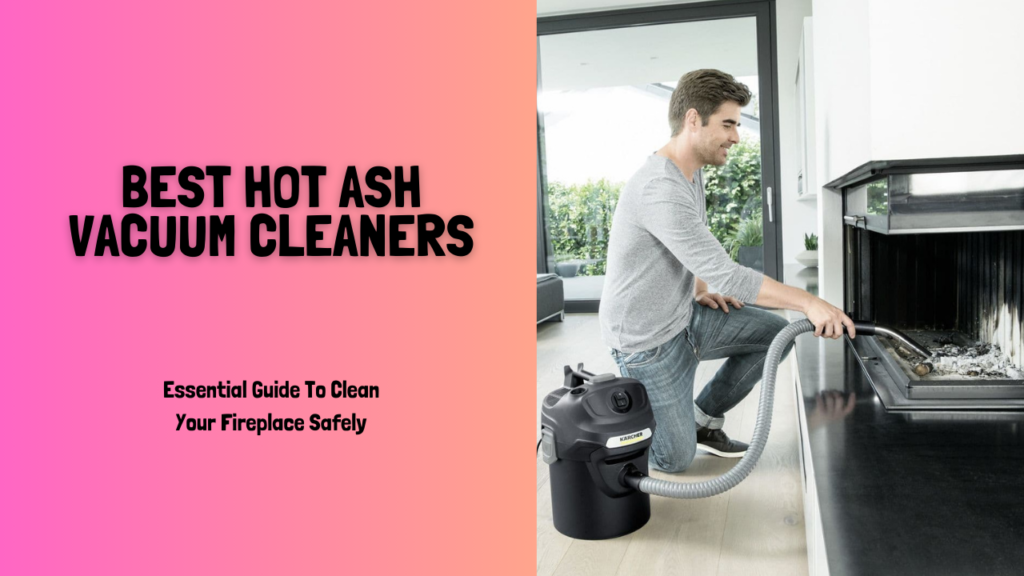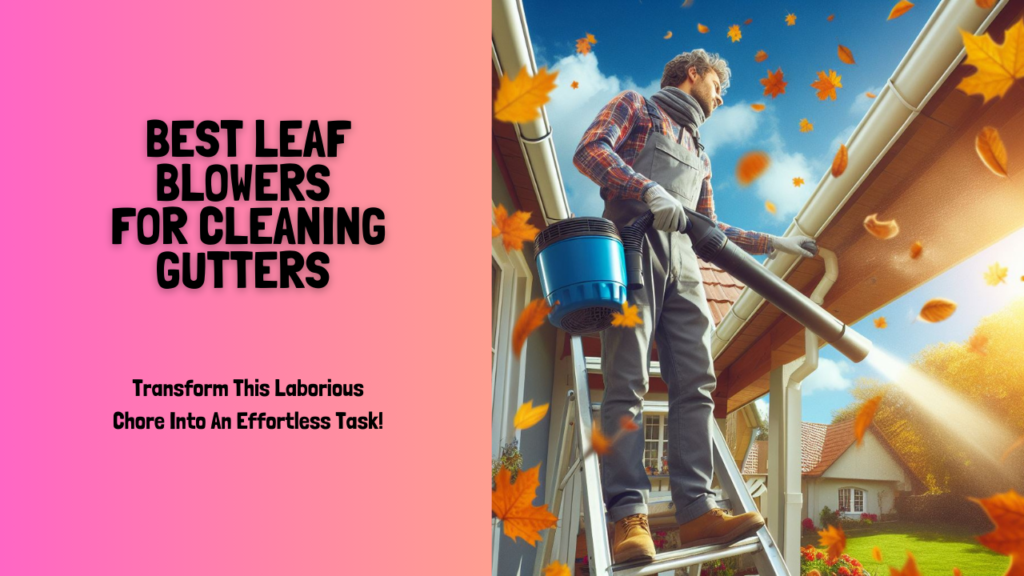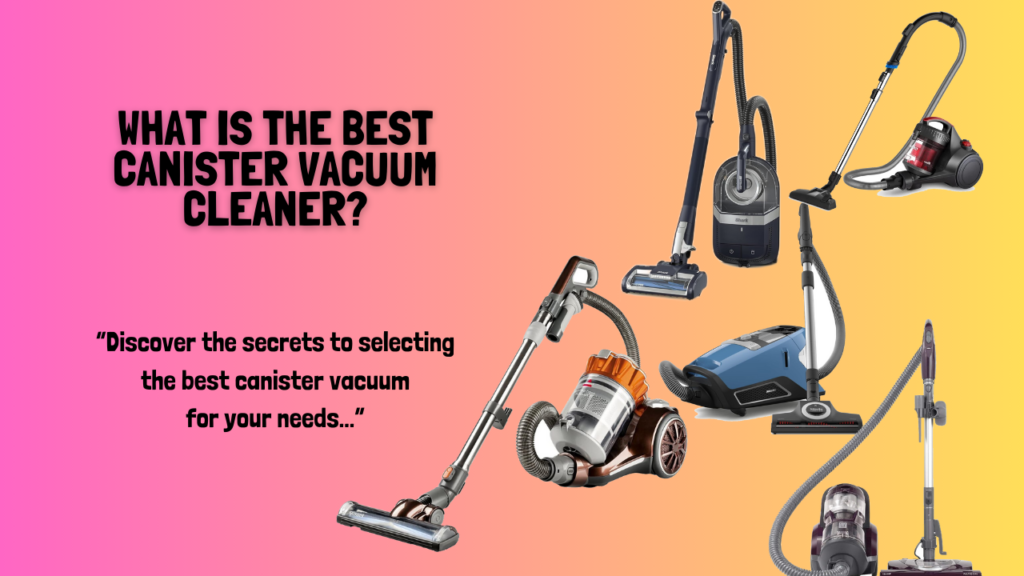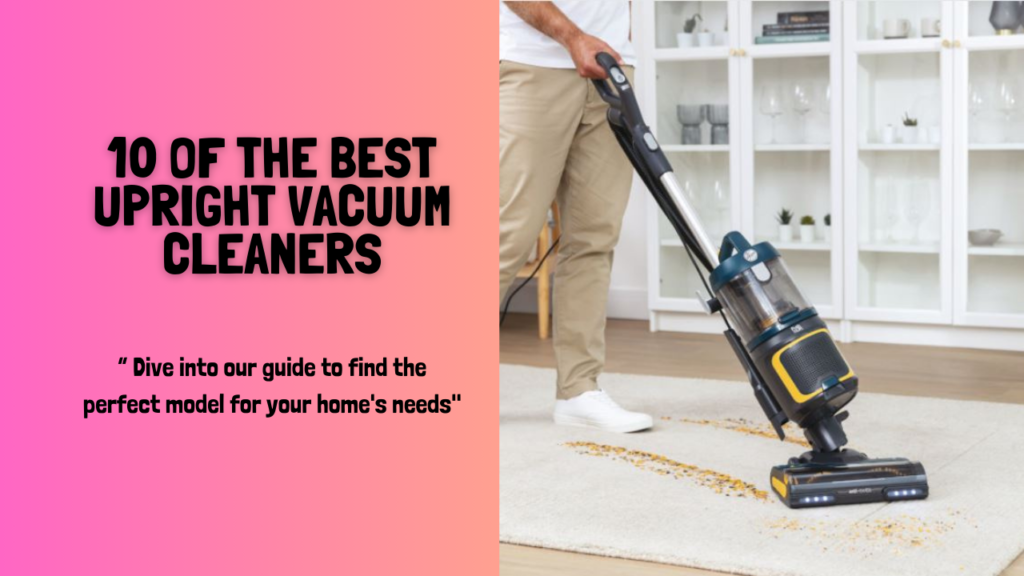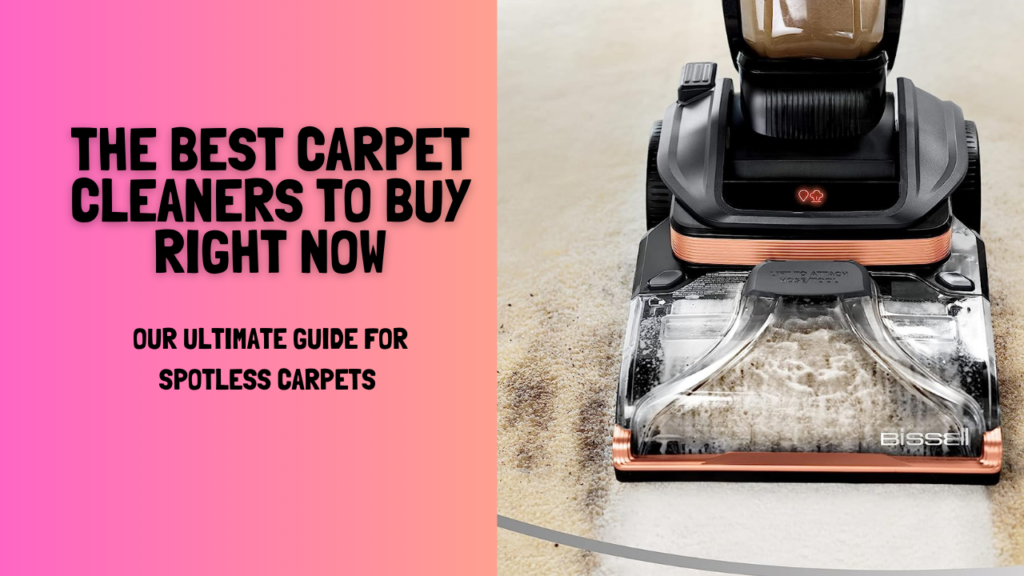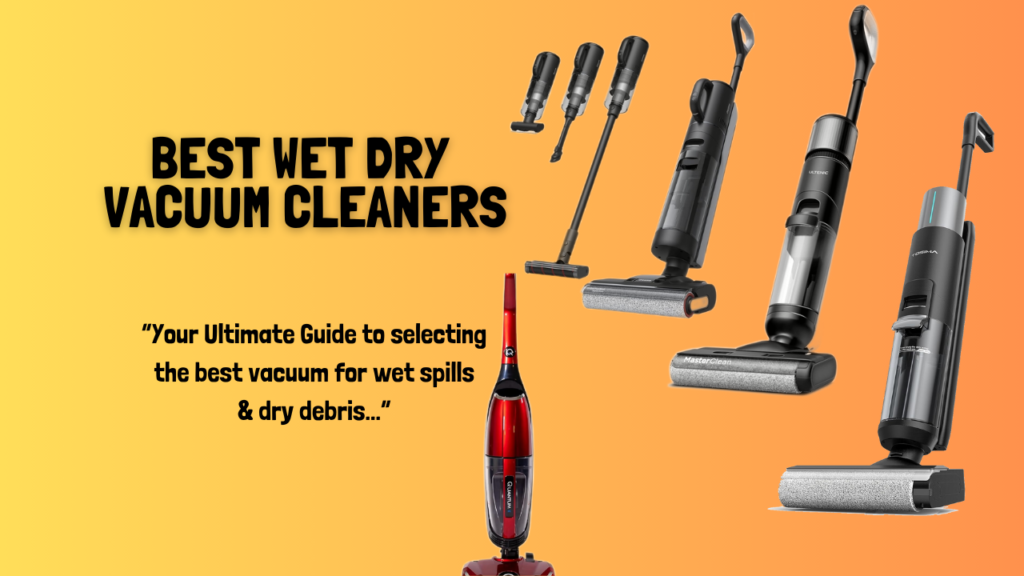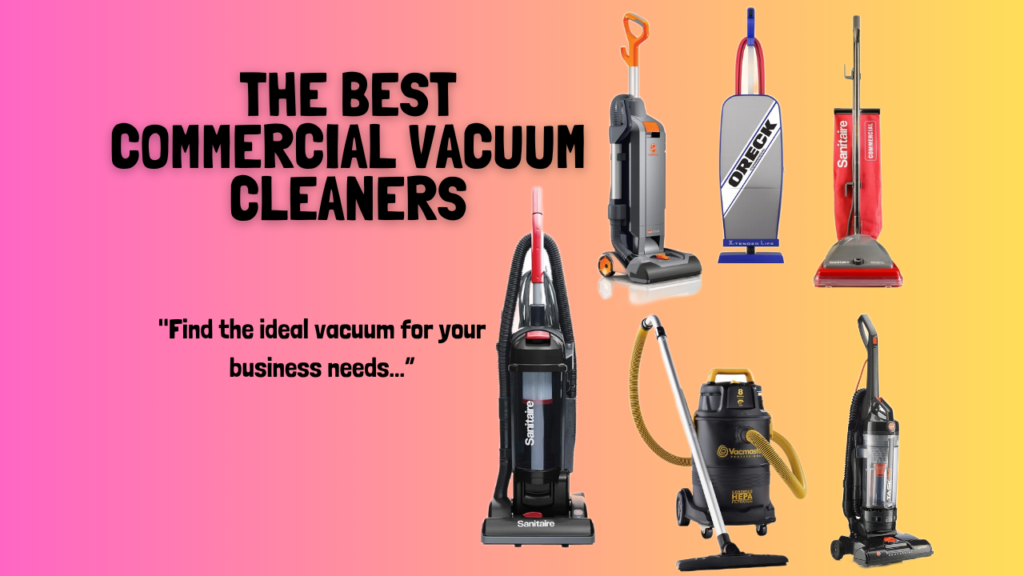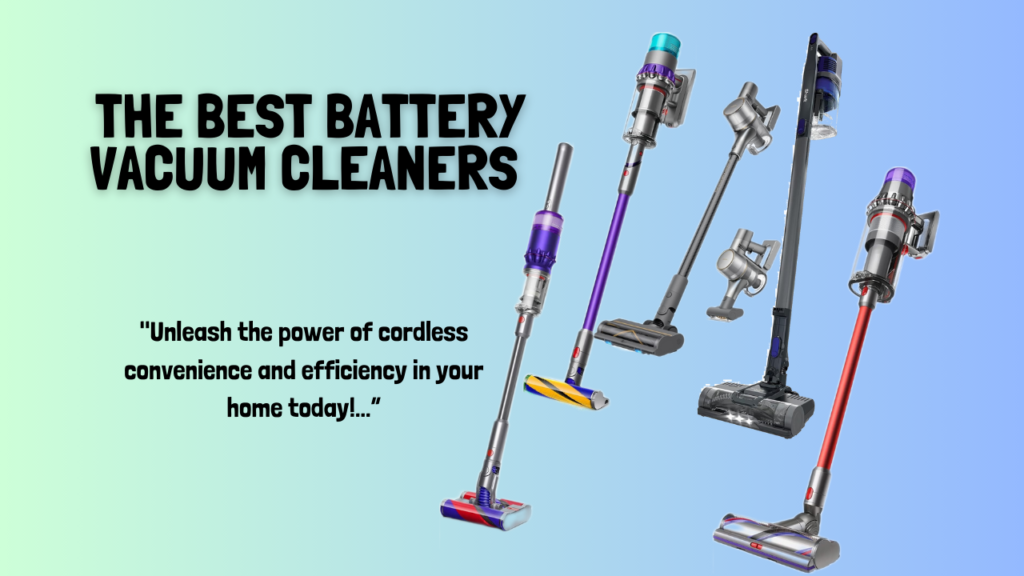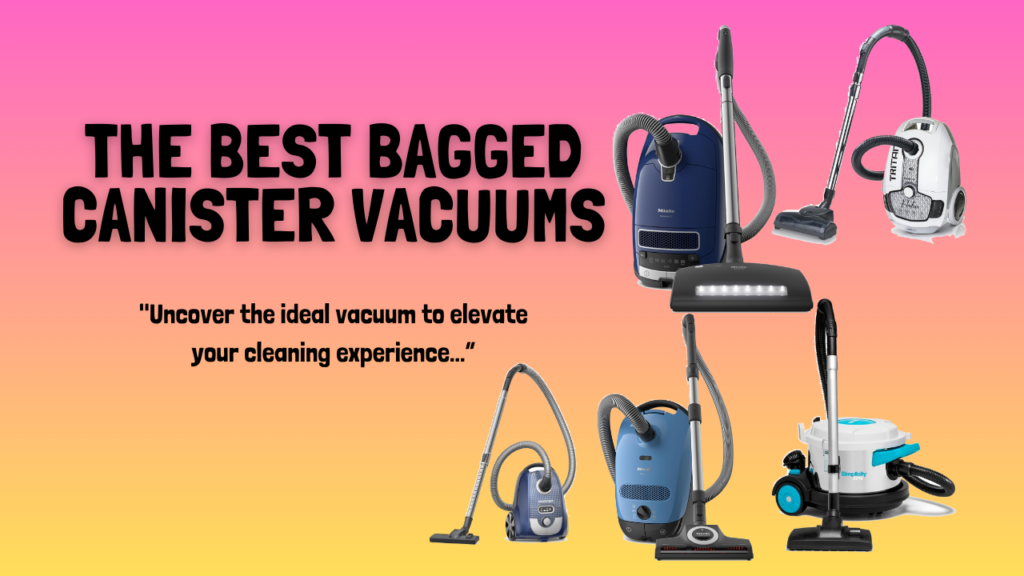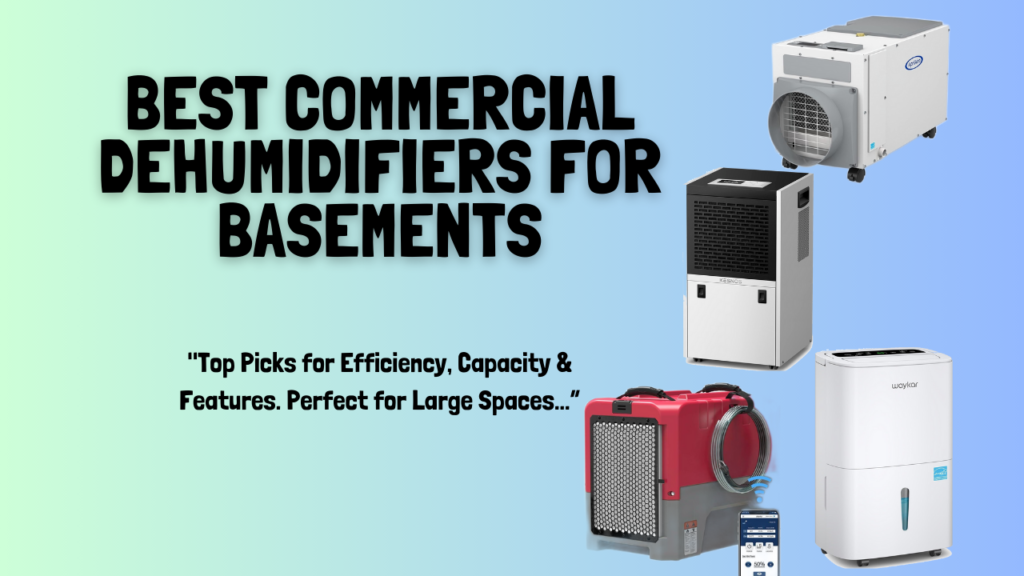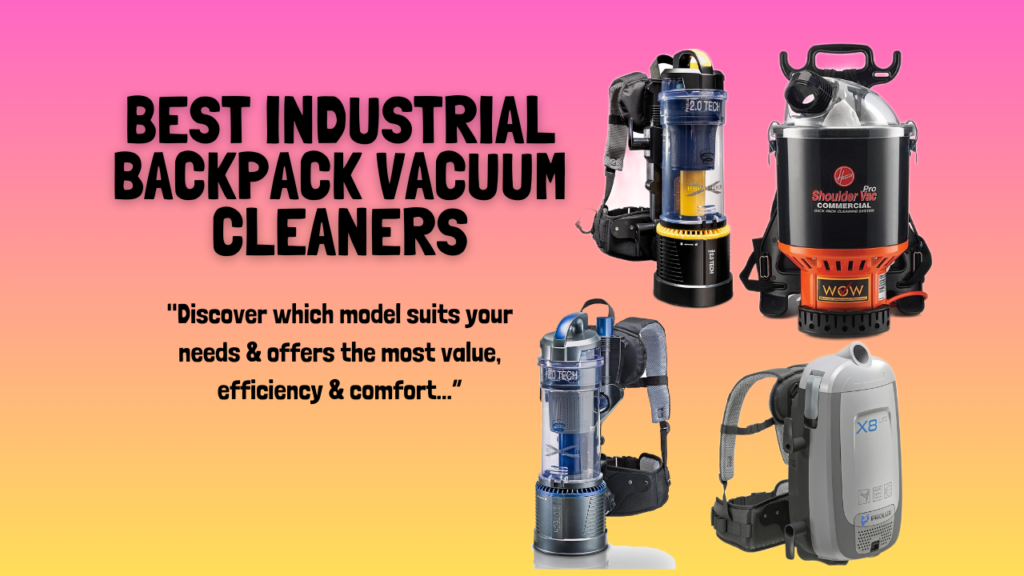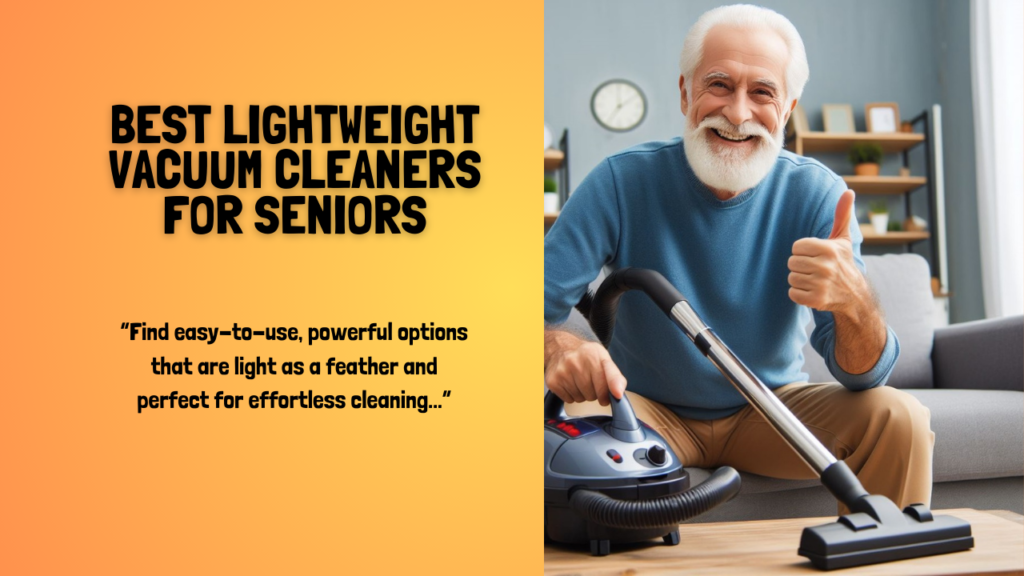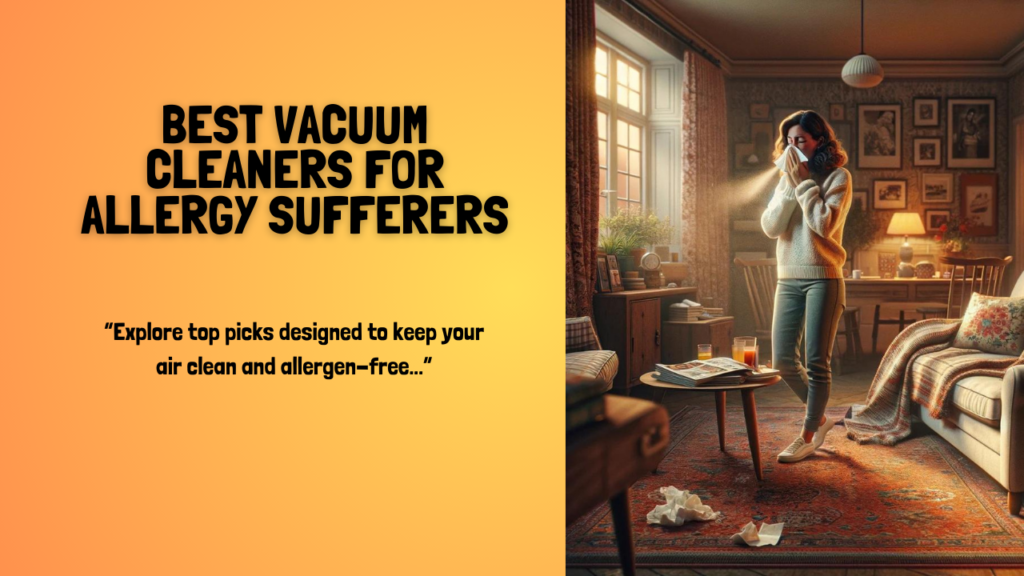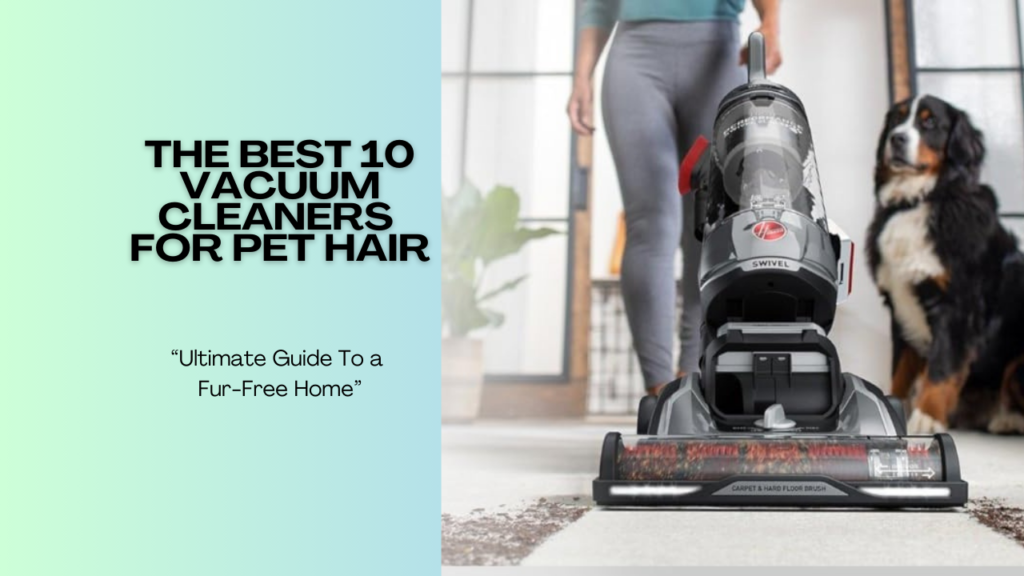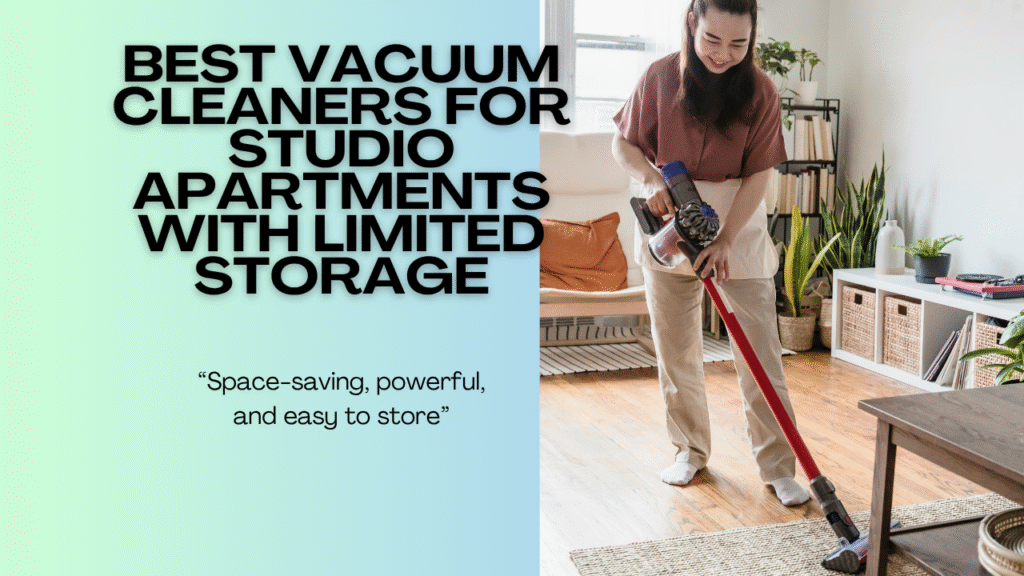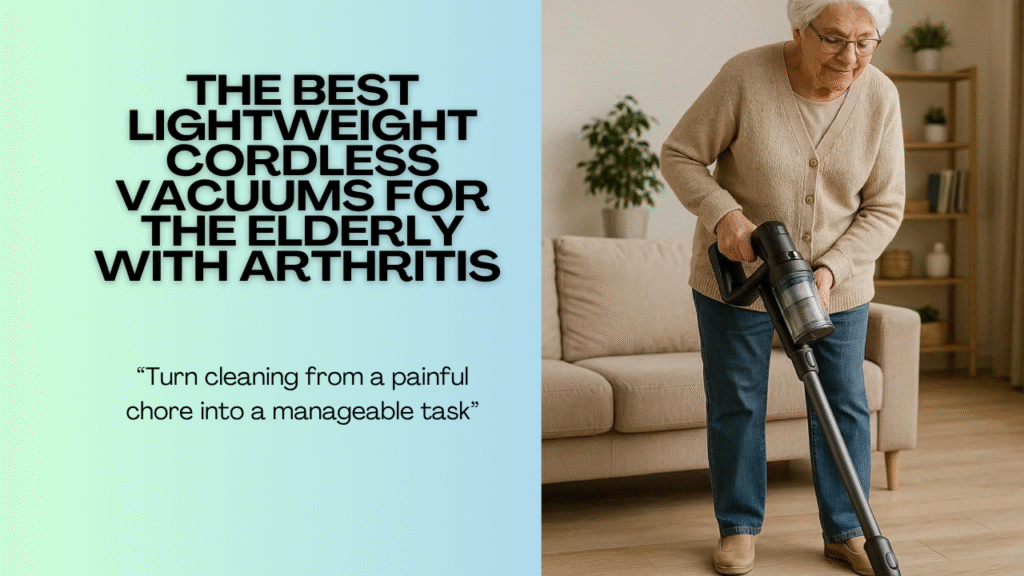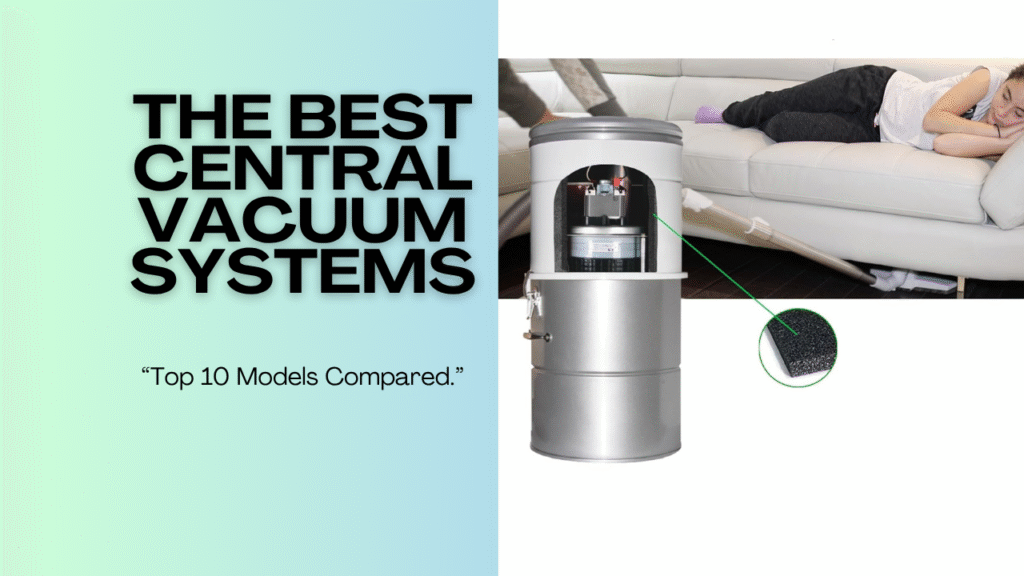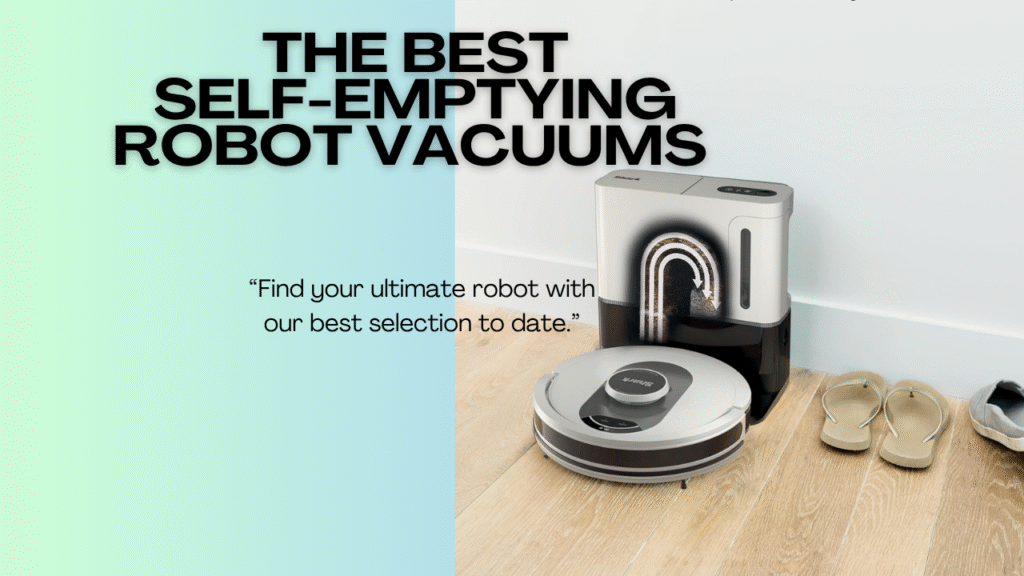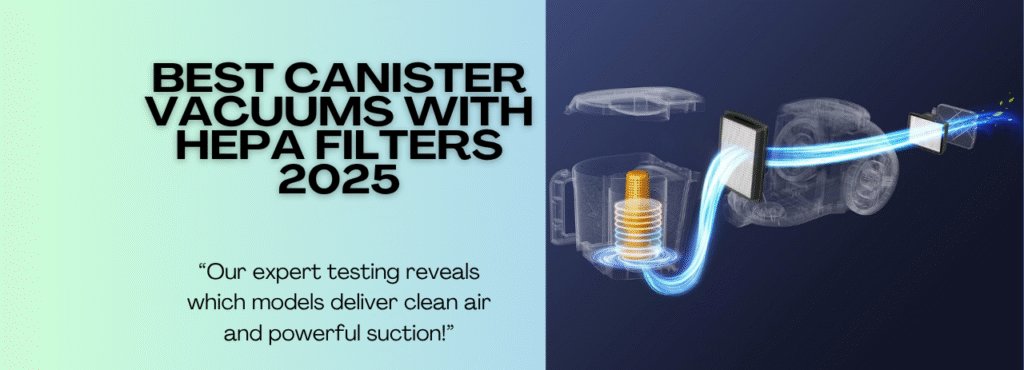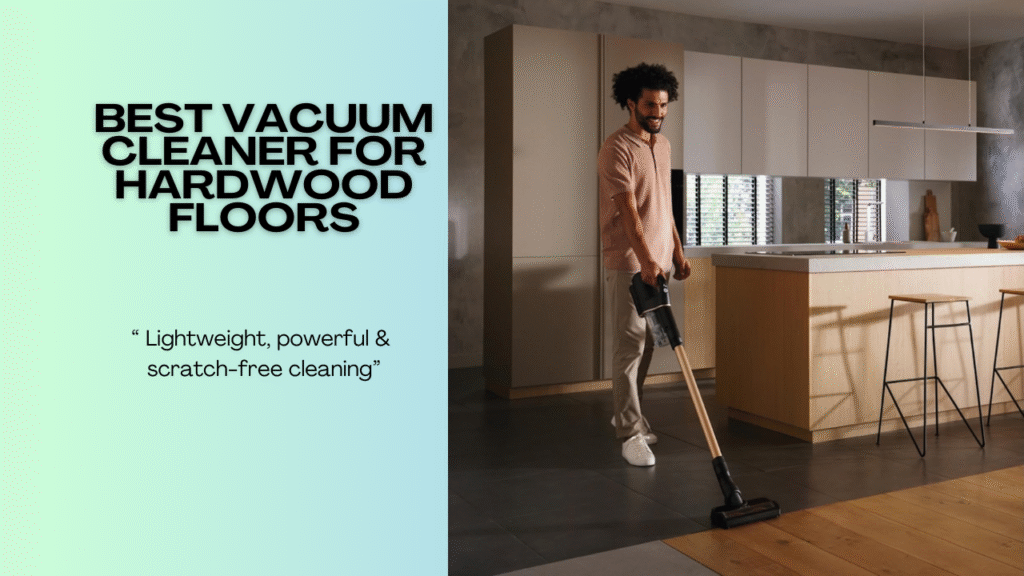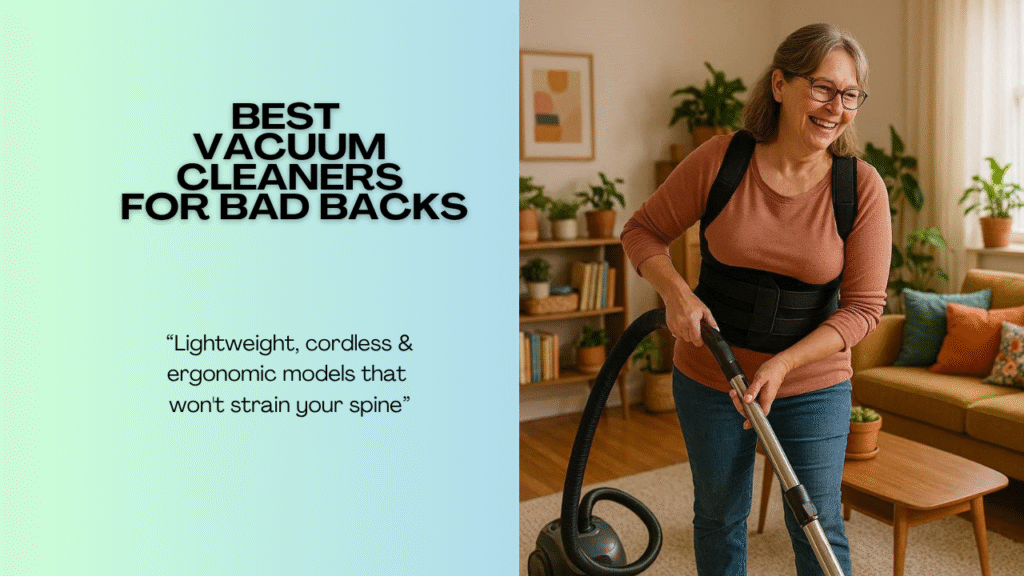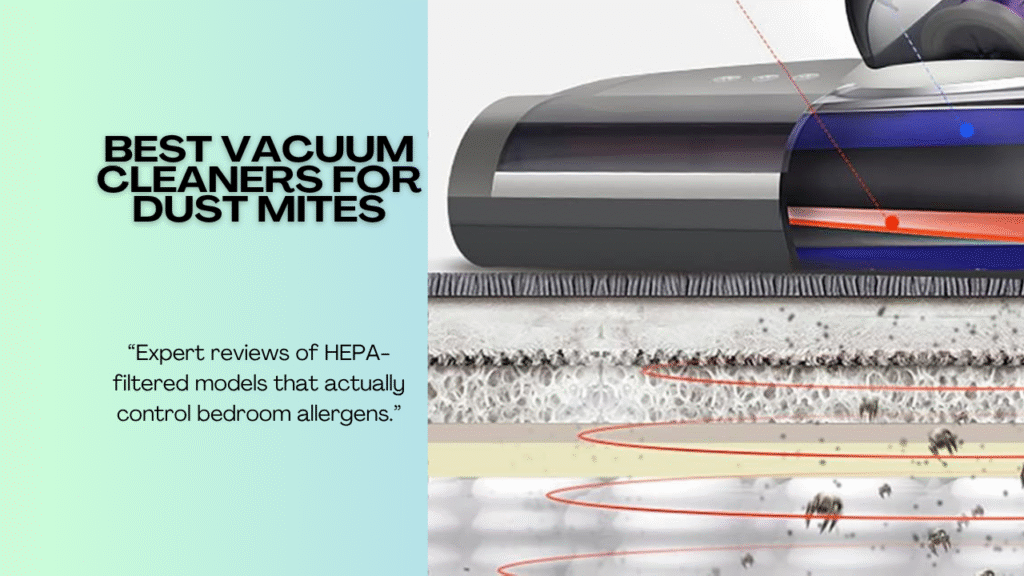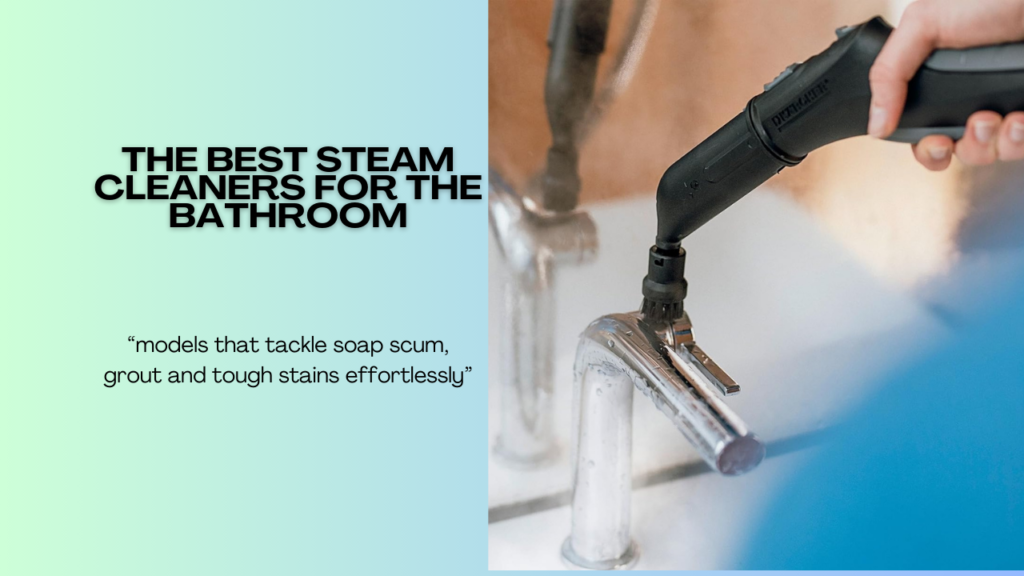Table of Contents
Did you know that in the United States, allergies and breathing disorders are highly prevalent? In the United States alone, about 55 percent of the population suffers from asthma or allergies. Allergies to pet dander, dust mites, and ragweed are three of the most popular allergies.
While ragweed is commonly found outdoors, household allergens include pet dander and dust mites. This ensures that unless you take extra cleaning care, you would not be able to avoid allergies indoors.
If you or your children have allergies, asthma, or some other respiratory problem made worse by particle allergens, the vacuum cleaner you use may have a significant impact on your quality of life.
Standard vacuum cleaners are increasingly being shown to worsen symptoms by disbursing large quantities of allergens that have accumulated on the floors back into the air you breathe. Dust mites, pet dander, pollen, and other allergens in your home can all be regulated with a good HEPA filter vacuum cleaner.
Not only can the right vacuum extract allergens and dirt from your home’s physical surfaces, but it can also increase the consistency of your indoor air and make it more breathable.
What is HEPA Vacuum?
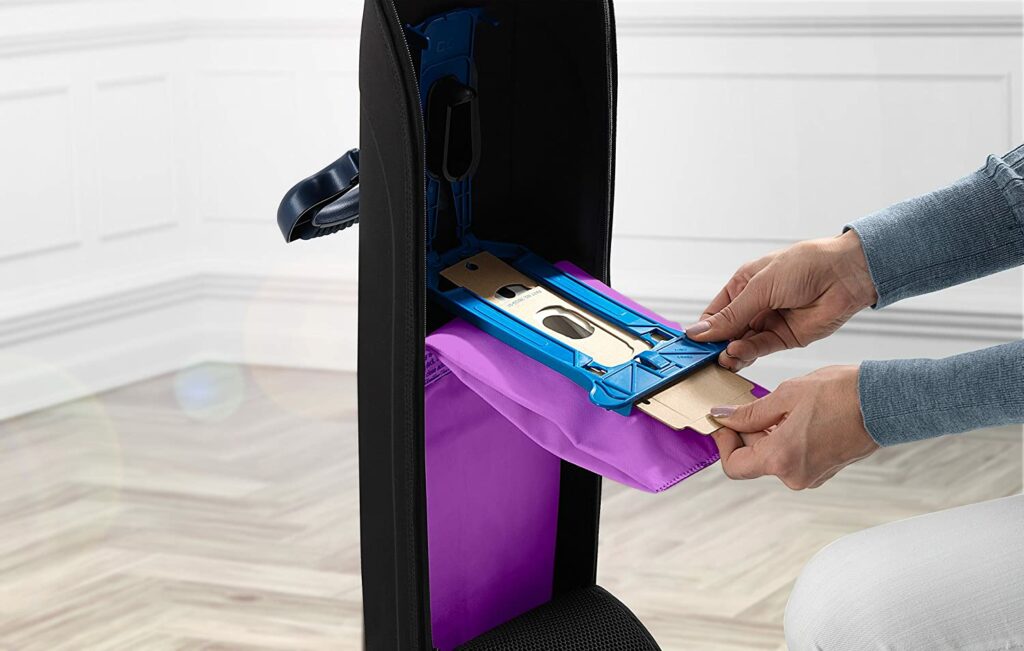
You’ve likely heard the word “HEPA” before; you know it refers to a filter device that is good for your wellbeing, but you’re not sure what it means. But now is the time to learn more.
A HEPA filter is a high-efficiency particulate air filter that is engineered to filter out 99.97 percent of all particles larger than 0.3 microns. The HEPA standard was established in the 1940s for use in nuclear power plants by the United States Department of Energy.
While HEPA filters can catch some contaminants, they cannot capture all of them. Particles smaller than 0.3 microns, as well as gaseous molecules, will pass through a HEPA filter.
Recommended for You: Best Vacuum Cleaners with HEPA Filter
How HEPA Vacuum Works?
To learn how a HEPA vacuum works, it’s important to first understand how they work in general. Regardless of whether the vacuum is bagged or bagless, it produces suction that draws pollutants up into the vacuum, often with the aid of a spinning brush that loosens debris from carpets and upholstery.
The air is recirculated back into the room after passing through the collection chamber or bag. The essential part is recirculation; without a filtration device, the vacuum may be blowing all of the dust and other pollutants back into space. In reality, some low-cost vacuum cleaners with substandard filters do just that.
When Is a HEPA Vacuum Necessary?
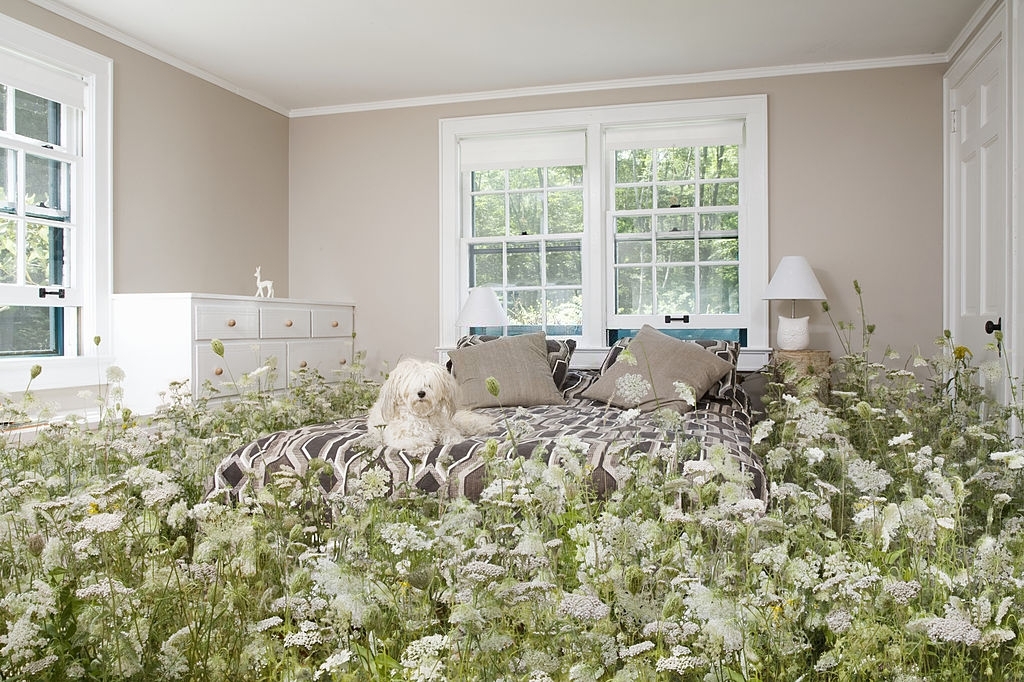
There are some circumstances in which a HEPA vacuum cleaner can be used and can have the greatest benefit.
- Someone in the family suffers from serious allergies. In comparison to a non-HEPA vacuum, a HEPA vacuum can eliminate more dust mites, dust, and other allergens from the air.
- Lead paint for a HEPA vacuum cleaner. To comply with the EPA regulations that went into effect earlier this year, you’ll need a HEPA vacuum to clear up any dust on walls or other surfaces if you deal with lead paint.
- Asbestos – Whether you are renovating, repairing, or replacing any material that contains or may contain asbestos, you must clean it with a HEPA filtered vacuum system to avoid small particles or powder from escaping into the atmosphere and posing health risks, not to mention legal repercussions.
- Sanitation Environments – A HEPA vacuum isn’t always needed in a clean space.Any area in which vulnerable electronic equipment must be kept exceptionally clean and dust-free. HEPA vacuums can also be used on food or pharmaceutical manufacturing floors.
- Biological pollution – Since HEPA vacuums are so effective at trapping what they pick up, they could be the perfect way to clean up after an infestation. HEPA vacuums are often used to clean up after mold, mildew, or fungi.
How to Choose the Best Allergy Vacuum Cleaners
Vacuums aren’t always made equal. You must choose carefully if you want a vacuum that can help you manage your allergies and asthma. Simply because a vacuum cleaner is costly does not imply that it is suitable for allergy sufferers.
Allergy-friendly vacuum cleaners can range in price from a few hundred dollars to several thousand dollars. What matters most is that they have the following characteristics:
Using a HEPA Filter
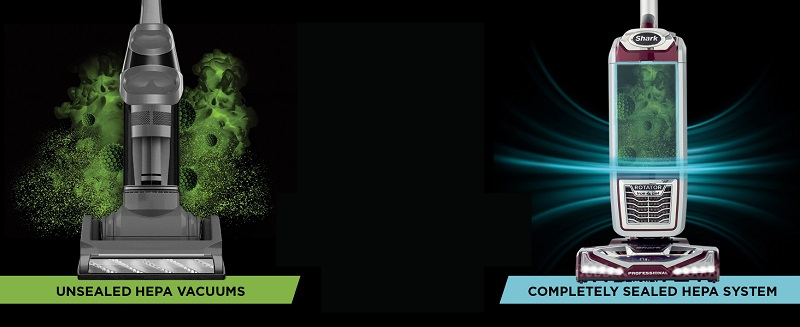
High-efficiency particulate air (HEPA) is an acronym that stands for high-efficiency particulate air. The HEPA filter is a microporous filter that captures small dust, dander, and debris particles.
Vacuum cleaners without HEPA filters have a tendency to recirculate these particles back into the air. The HEPA filter will capture and store large quantities of the bothersome spores, preventing the immune system of an allergic person from being aggravated. For even greater allergen regulation, aim for a washable HEPA filter.
Strong Suction Technology
The capacity of a vacuum cleaner to remove allergens from the carpet is directly related to the amount of suction it has. Units with suction control generally have more strength than those without. Another choice is to read the descriptions of a variety of units and search for those that talk about suction power.
Anti-Allergen Seals
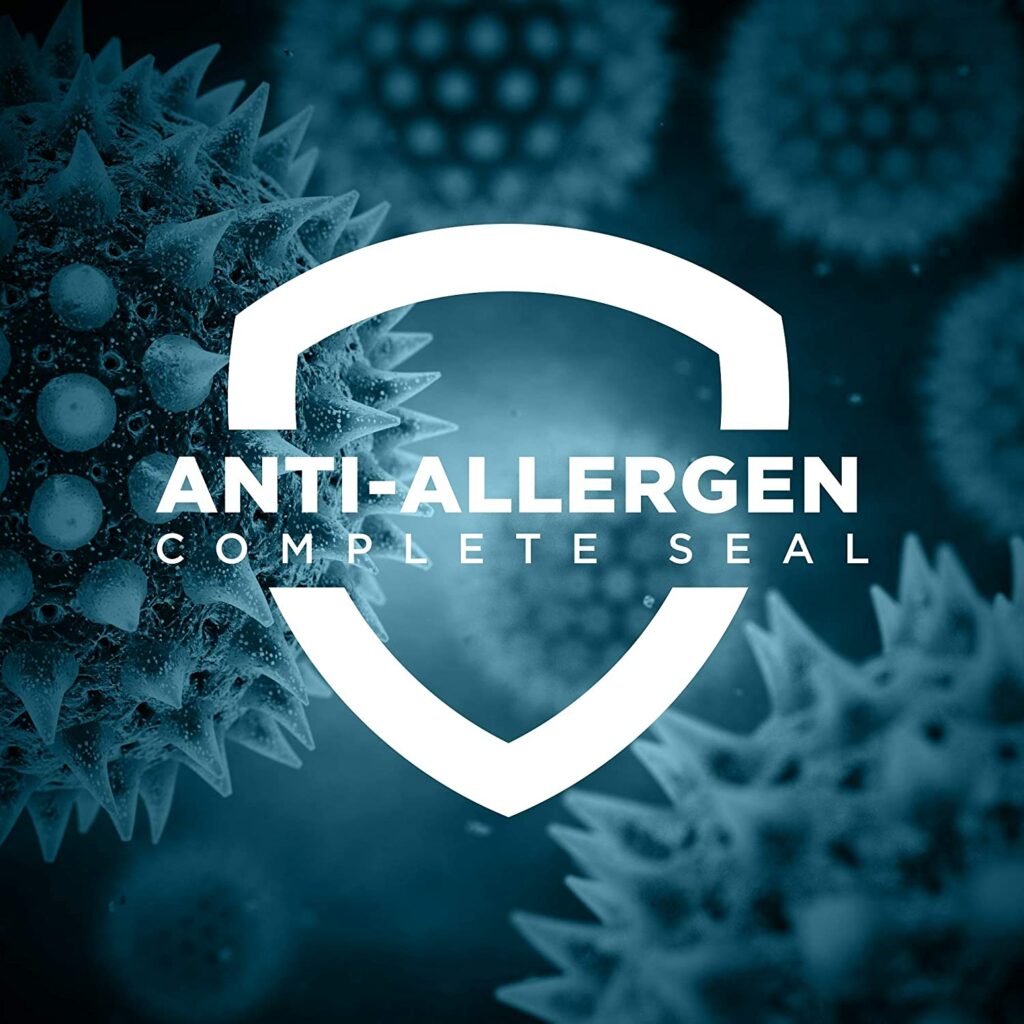
Anti-allergen seals are a unique feature that complements HEPA filters. These seals hold the canister shut tight, trapping all dust, dirt, and particles inside. You should look for vacuums that have both filters and strong seals because this combination traps the most allergens and reduces asthmatic or allergic reactions.
Low Emissions
Lower emissions are another significant thing to search for. Emissions are the chemicals released by a vacuum cleaner when it is being used. You’ve had a high pollution vacuum if your feet have ever been met with crumbs or debris while vacuuming. To save money, a device needs to be well-made and have high-tech seals.
Recommended for You: Best HEPA Vacuums for Allergies
Should You Use Bags or Go Bagless?
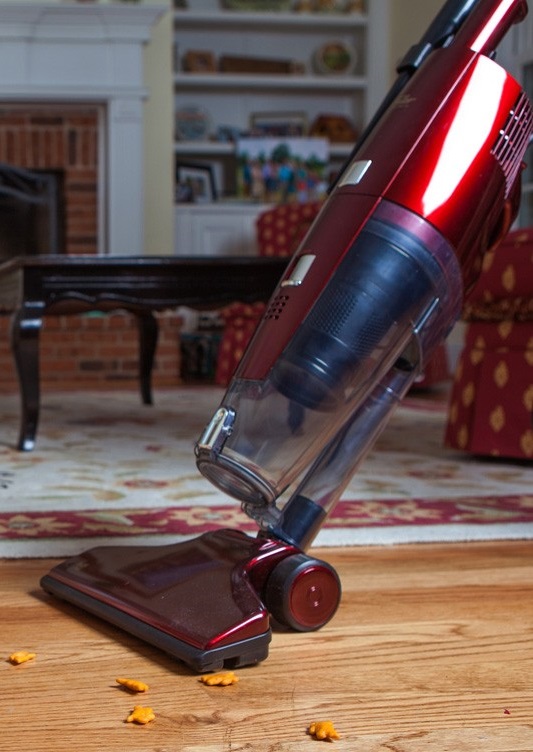
When it comes to allergy-friendly vacuums, this is one of the most frequently asked questions. Bagged HEPA vacuums, in general, provide an extra layer of security for those who are particularly concerned about indoor air quality.
They not only use a HEPA filter for the exhaust air, but they also have filter dust bags made up of several layers of filter media to efficiently absorb the dust that the vacuum collects.
Furthermore, these have an auto-seal closure when the bag is removed for cleaning, or they come with sanitary caps to seal the bag before removing it so none of the particles escapes into the air.
Some of the newest bagless models now have dust bins that expel dirt into a waste bin instead of allowing it to spill out. This is done by pushing the bin’s release button, which decreases the amount of dust particles and allergens that can escape out into the air.
However, they aren’t as good as a bagged HEPA vacuum containing allergens. If you’re particularly worried about dust escaping but don’t want to keep buying bags, eject the contents of the bin into a bag or trash can outside your building. Before replacing and vacuuming the bin, make sure it’s clean and dry.
Upright Models
When it comes to vacuum cleaners with HEPA filters, upright vacuum cleaners are possibly the most popular. They’re perfect for deep-cleaning carpets and have a decent reach underneath the furniture.
Pets
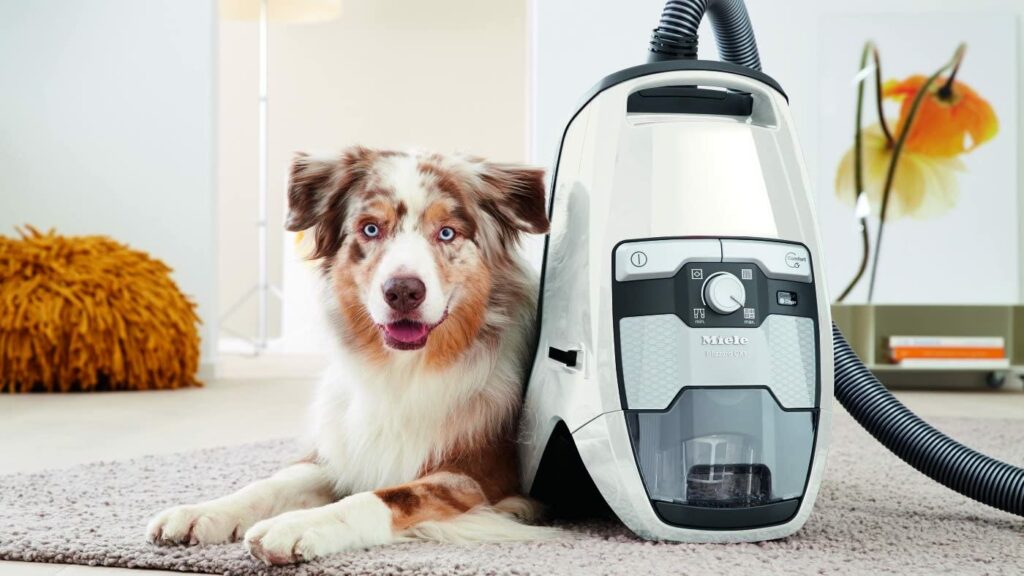
If you have a pet at home, you can invest in a vacuum cleaner that can extract the fur from your carpets. There are specific models available for this task, so you should begin there. If you can’t decide between models that are recommended for pet fur, go for a vacuum cleaner that has at least 12 Amps of power.
Power
When it comes to power, you can choose a model that has the right amount of power for your cleaning needs.
Remember that the more efficient the vacuum cleaner is, the more energy it consumes, and the higher the bills would be.
So, if you live in a quiet neighborhood with little traffic, you shouldn’t buy a strong model. If you live in a house near a busy road, however, you’ll almost certainly need a vacuum cleaner with strong suction.
Is it possible to clean your HEPA filter?
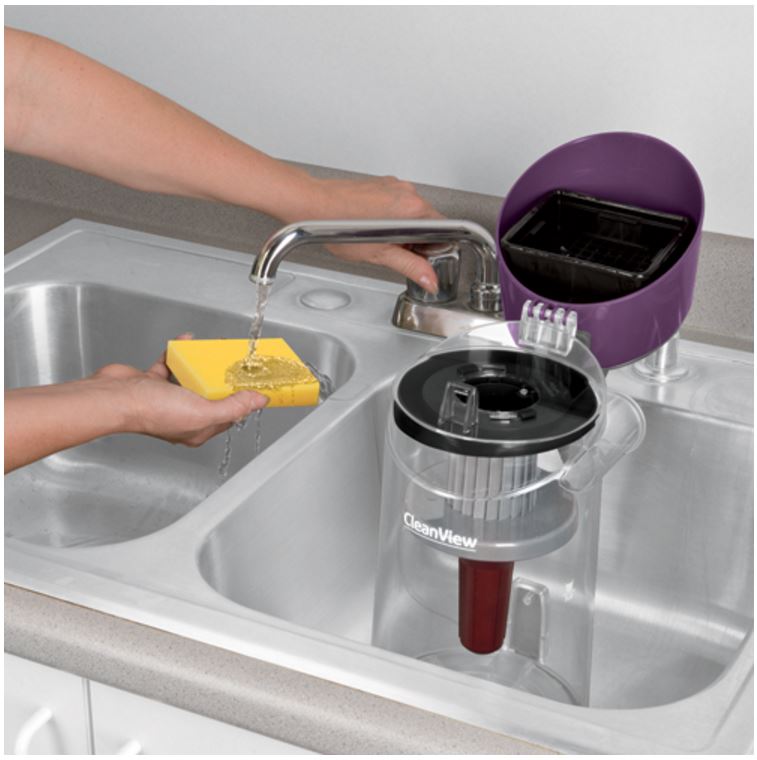
If you suspect that your HEPA filter isn’t performing as well as it should or should, you’ll want to weigh your options and look at how to clean it. It’s possible that’s how you ended up on this page in the first place.
One thing to keep in mind, however, is that not all HEPA filters are washable. Check the manual and information that came with your vacuum cleaner to see if your HEPA filter is washable.
The filter should not be washed if it is not labeled as washable or permanent. If you attempt to clean a filter that has been labeled as such, you are likely to cause serious harm to it.
If your HEPA filter is washable, however, cleaning it will significantly improve the effectiveness of your vacuum cleaner.
REMEMBER that a HEPA filter is made up of tightly-woven fibers, and washing or scrubbing it can degrade the condition of the fibers, making the filter less efficient at removing 99 percent or more microscopic particles. When you find that your HEPA filter is dirty, replace it with a new one from the shop.
Start Changing Your Indoor Air Quality Right Now!
Improving the quality of your indoor air does not have to be a time-consuming process. Consider your surroundings, as well as your vacuum preferences, to find the right HEPA vacuum for your specific needs.
Look for a sealed device if possible, and make sure your option includes all of the equipment you’ll need to keep your home free from allergy.


